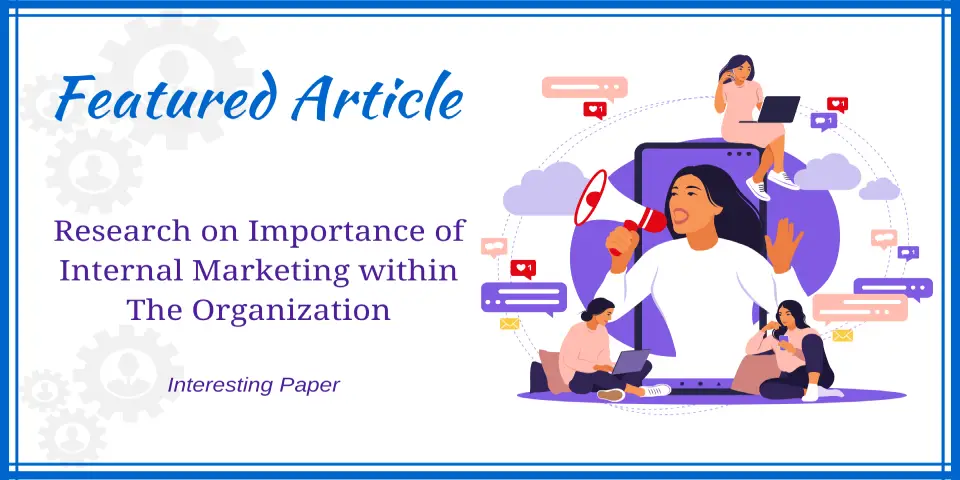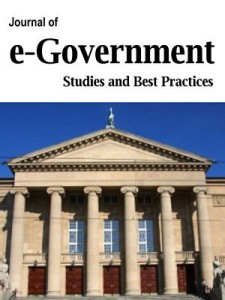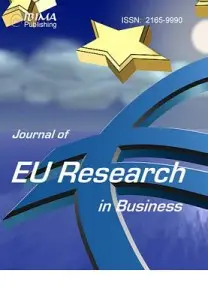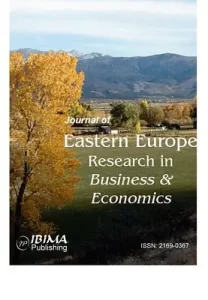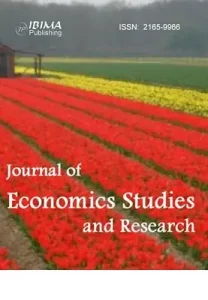Two Decades of Research on Earnings Management and Corporate Governance: Insights from a Bibliometric Review
Journal of Accounting and Auditing: Research & Practice
Earnings management has garnered considerable attention from scholars, regulators, and stakeholders concerned with the integrity of financial reporting. This study conducts a bibliometric analysis of research articles indexed in the Scopus database from 2002 to 2024, offering a comprehensive overview of the link between corporate…




